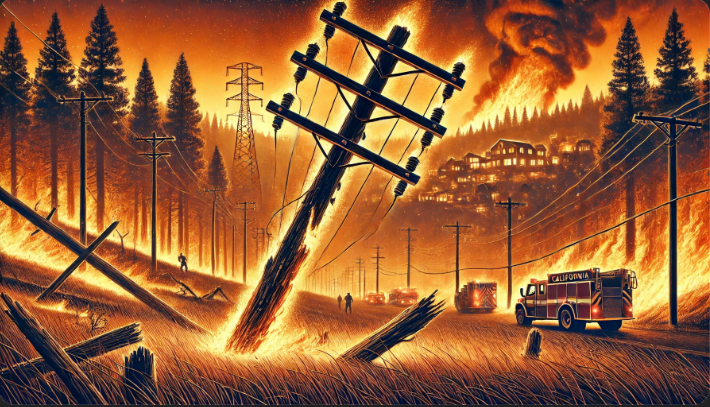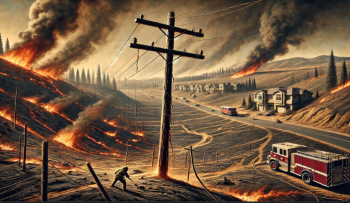California’s Wildfire Crisis: A Result of Misplaced Priorities?
California is once again battling devastating wildfires, and while natural factors play a role, it’s hard to ignore a key underlying issue: the state’s spending priorities. Instead of addressing critical infrastructure concerns—like replacing aging power poles from the 1930s or burying power lines—California appears to channel funds into less pressing areas, mirroring the extravagant spending habits of a reality TV show.
This raises a crucial question: why hasn’t the state taken more proactive measures to prevent such disasters? For instance, utility poles that topple during high winds shouldn’t be considered inevitable. In states like Florida, Kansas, and Oklahoma, high winds are a regular occurrence, yet they don’t face widespread destruction from fires year after year. So why does California?
Investing in modern infrastructure could significantly mitigate wildfire risks. Burying power lines and replacing outdated equipment may come with a hefty upfront cost, but the long-term benefits—reduced fire risk, improved public safety, and lower emergency response expenses—far outweigh the price tag.
It’s time for California to reevaluate its priorities and focus on sustainable, preventative measures that protect both its residents and its environment. Wildfires shouldn’t be an anticipated consequence of windy weather; they should be a rare exception. Until then, the cycle of destruction will continue.
What do you think? Should California take a page from other states and tackle its infrastructure head-on?


